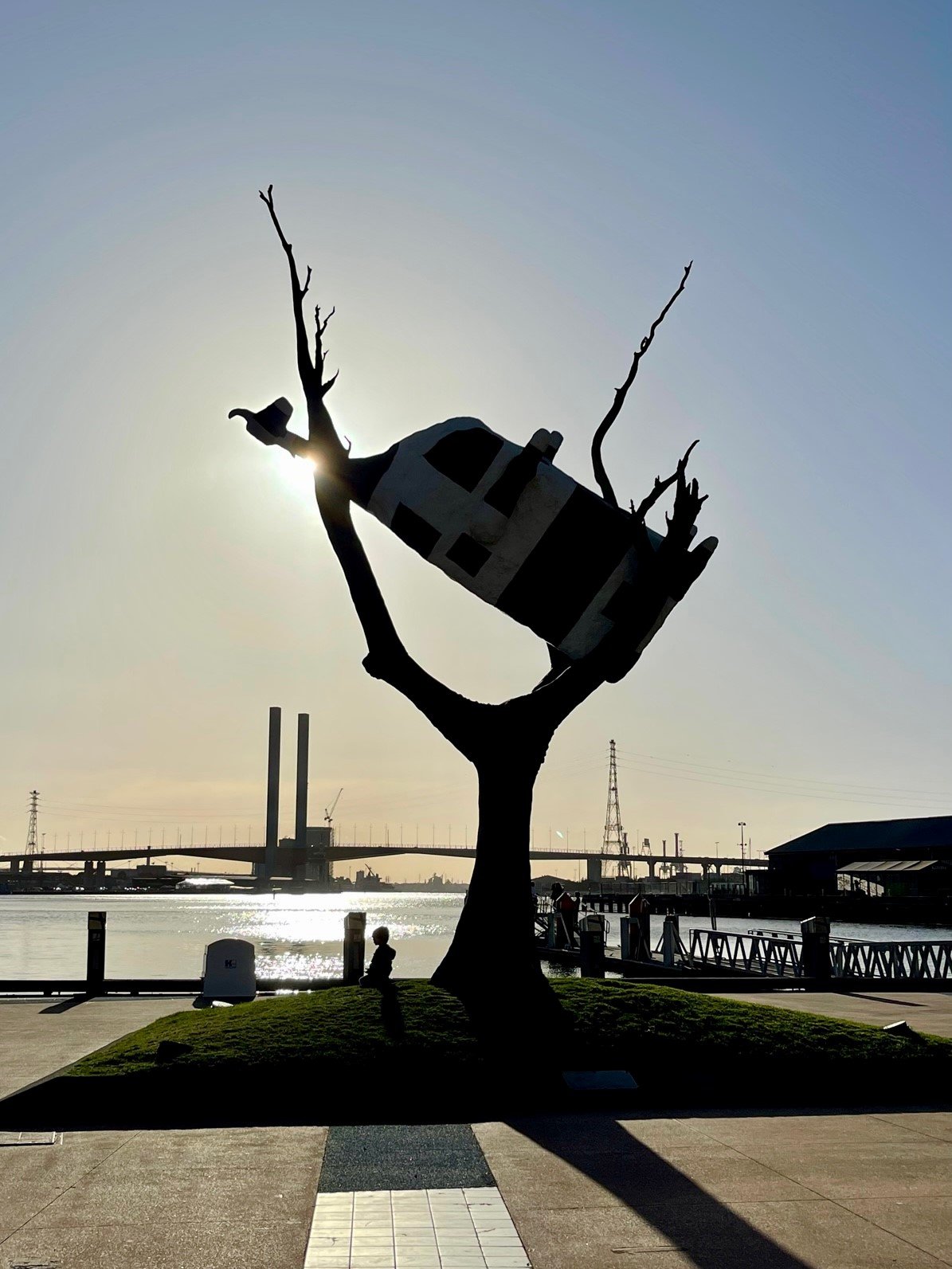While those of us in the northeast United States were preparing for the somewhat lackluster winter storm Juno (at least in New York City—sorry New England), the land down under (including Protima, who is there on vacation) was celebrating Australia Day with parades, trips to the beach, barbecues, and other Australian-y type things. In honor of this day, The Daily Telegraph listed some interesting facts about this fascinating country:
- In 1832, the world's first “flash mob” occurred at a Tasmanian prison when three hundred women convicts bared their buttocks at the visiting Governor during an assembly. "The convicts at the Cascades Female Factory collectively spun around, lifted their skirts and slapped their bottoms at the Governor, Sir John Franklin, his wife and the reverend William Bedford 'making a not very musical noise.'"
- The adorable-looking platypus has venom strong enough to kill a small dog. The venom is delivered via small spurs on their back legs, so you probably shouldn't pick one up and try to pet them.
- For a short period Melbourne was called Batmania after John Batman, who explored the area and negotiated a purchase of 2400 sq km from Wurundjeri elders. The city was then renamed Melbourne after the British Prime Minister, William Lamb, Second Viscount Melbourne.
- Lake Hillier on Middle Island is pink. Really pink. Although no one knows why, scientists speculate that the color comes from a dye created by bacteria that lives in the salt crusts.
As with Columbus Day in the Americas, many understandably reject Australia Day celebrations (often with protests). One is Chelsea Bond, whose mother is a fifth-generation Australian of English and Irish heritage and father a Munanjahli and an Australian-born South Sea Islander. She writes:
The disconnect I feel on the [sic] January 26 is not a rejection of my mother’s history. Rather, it is a rejection of the privileging of one version of history at the expense of another. I simply cannot be part of the collective amnesia that sweeps the nation on January 26 each year. This amnesia is evidenced in our current prime minister choosing the arrival of the First Fleet as the 'defining moment' of our national identity.
She encourages those celebrating the day to "take just a moment to consider the significance of that place you meet on, and not just since the arrival of the First Fleet."
Calling it Invasion Day, The Vine notes that civilization in Australia began some 40,000-60,000 years ago, and that many see Australia Day as a day celebrating devastation: "When a nation of custodians were plunged into violence, sickness, hunted into a cultural and physical near extinction with devastating systemic discrimination that continues to this day."
To that end, The Daily Life says: "Australia Day will always be a day of mourning for the First Peoples of this country, but it is possible to work towards a positive and more inclusive future."




